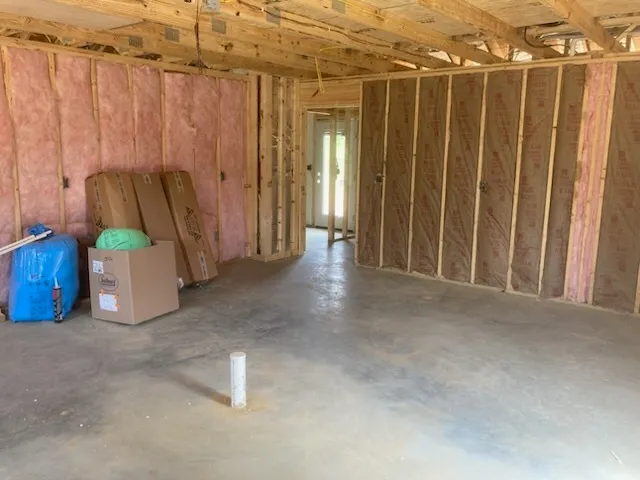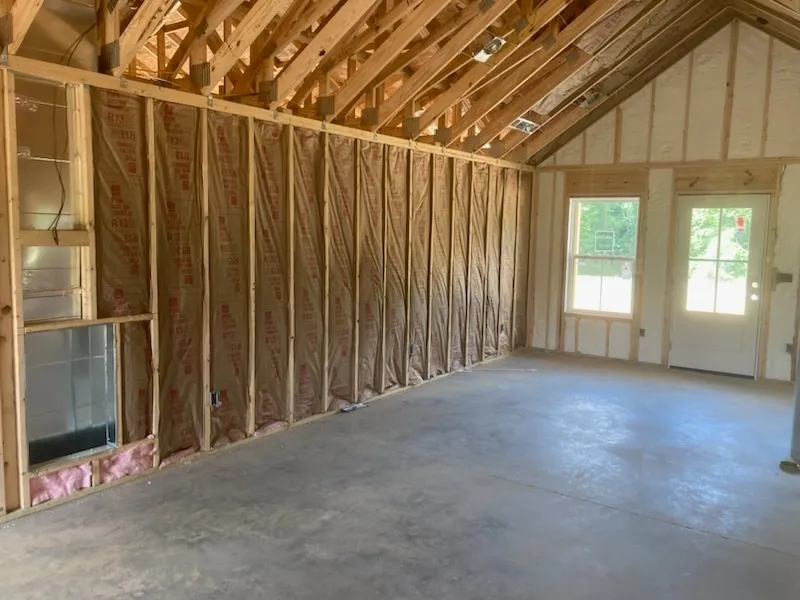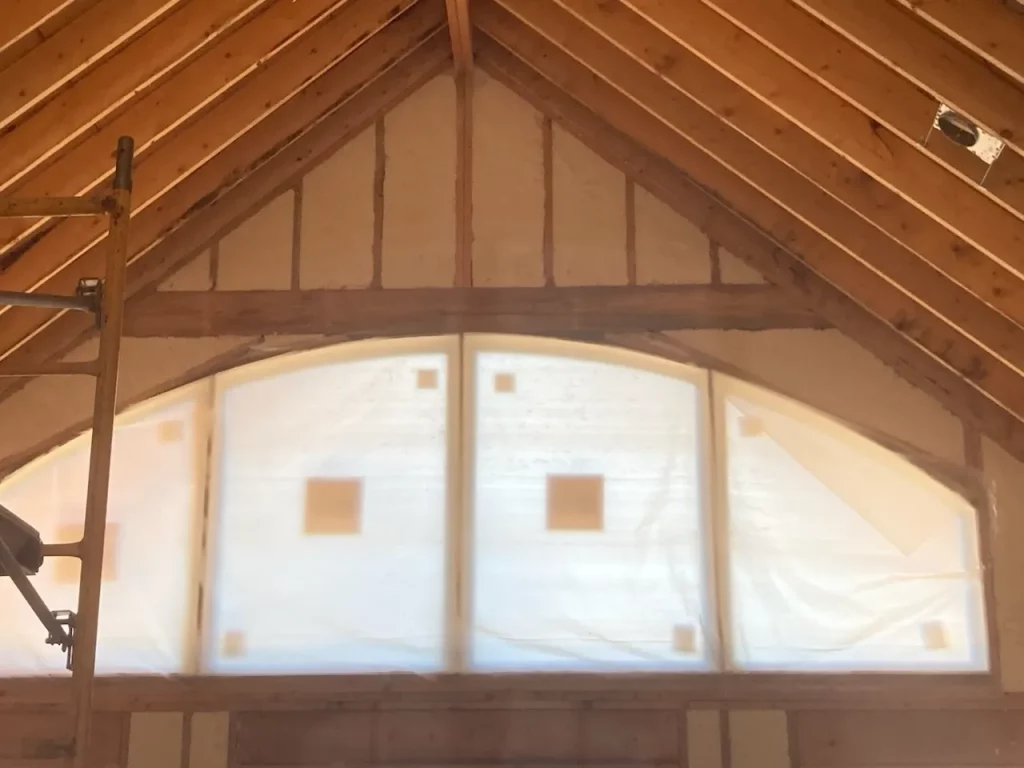
Imagine waking up to the constant hum of traffic or dealing with skyrocketing energy bills because your home feels like a sieve in winter. Poor insulation does more than just make life uncomfortable; it drains your wallet and harms the environment. Insulation acts as a barrier that controls heat, sound, and even fire risks in buildings. At its heart, it’s about creating spaces that stay comfortable year-round without wasting energy.
This guide covers every angle of insulation, from the basics to advanced applications. You’ll get a full picture of how it works for thermal control, noise dampening, and safety against fires. Whether you’re a homeowner planning a retrofit or a builder tackling new construction, this resource equips you with the knowledge to make smart choices.
Here’s what you’ll explore: First, the fundamentals of what insulation is and why it plays such a big role in daily life. Then, dive into the main types, including their strengths and weaknesses. From there, examine thermal insulation in detail—how it keeps your home efficient. Next, look at noise reduction, an often-overlooked benefit that can transform quiet spaces. Fire safety gets its own spotlight, with tips on choosing materials that protect without compromise. You’ll also find practical sections on installation, troubleshooting common issues, and ways to measure results. Finally, peek at emerging trends that could shape the future of building comfort. Building on these fundamentals will help you address specific challenges like energy loss, noise, and safety.
Drawing from years of hands-on work in the field, this guide pulls together proven strategies and real examples to help you build or upgrade with confidence. By the end, you’ll know exactly how to apply insulation effectively in your projects.

Insulation starts with simple physics: it slows down the transfer of heat, sound, or other elements through building materials. Think of it as a shield for your walls, roof, attic, and floors. Without proper insulation, heat escapes in winter and invades in summer, leading to uneven temperatures and higher utility costs.
Why does this matter? In the U.S., buildings account for nearly 40% of energy use, much of it tied to heating and cooling. A study from the U.S. Department of Energy highlights that good insulation can cut energy bills by up to 30%. Beyond savings, it improves comfort, reduces noise pollution, and boosts property value.
Insulation works through resistance, measured in R-value. Higher R-values mean better thermal resistance. But it’s not just about heat; materials also absorb sound waves or resist flames, depending on their makeup.
Focus on these traits when picking insulation:
Each property ties into real needs. For example, in noisy urban areas, soundproofing becomes priority number one.
Insulation comes in various forms, each suited to specific jobs. Let’s break down the common ones, with pros and cons to guide your selection.
Made from fine glass fibers, fiberglass is a go-to for attics and walls. It’s affordable and easy to install in batts or rolls. Pros include high R-value per inch and resistance to fire. Cons? It can irritate skin during handling and settle over time, losing effectiveness.
According to Green Building Advisor, it performs well in dry climates but needs vapor barriers in humid spots.
This recycled paper product blows into attics or walls as loose fill. It’s eco-friendly, with up to 85% recycled content. Pros: Excellent sound absorption and settles densely for fewer gaps. Cons: It absorbs moisture if not treated, risking mold.
Market data shows cellulose use growing; the global insulation market hit $64 billion in 2022, per MarketsandMarkets, with sustainable options like cellulose driving demand.
Expanding foam seals gaps tightly, ideal for irregular shapes. Closed-cell versions offer high R-value and moisture resistance. Pros: Airtight seals reduce energy loss. Cons: Higher cost and potential off-gassing during install.
Rock or slag wool provides fireproofing and sound control. It’s non-combustible and handles moisture well. Pros: Lasts decades without degrading. Cons: Heavier and pricier than fiberglass.
Polystyrene or polyisocyanurate boards work for exterior walls or foundations. Pros: High insulation in thin layers. Cons: Flammable without covers.
Here’s a comparison table:
| Type | R-Value per Inch | Best For | Cost (per sq ft) | Fire Rating |
|---|---|---|---|---|
| Fiberglass | 2.9-3.8 | Attics, Walls | $0.30-1.50 | Good |
| Cellulose | 3.1-3.7 | Blow-in Areas | $0.60-2.00 | Fair |
| Spray Foam | 3.6-7.0 | Air Sealing | $1.00-3.00 | Varies |
| Mineral Wool | 3.0-4.0 | Fire-Prone Spots | $1.00-2.50 | Excellent |
| Rigid Foam | 3.8-6.5 | Exteriors | $0.25-2.00 | Poor w/o cover |
This table helps weigh options quickly.
Among these types, selecting the right one for thermal performance is crucial. Thermal insulation focuses on heat flow. Conduction, convection, and radiation all play parts, and insulation tackles them by trapping air or reflecting heat.
In homes, aim for R-30 to R-60 in attics, per ENERGY STAR. This can save $200-500 yearly on bills. Real-world example: A family in cold Michigan added attic insulation and dropped heating costs by 25%.
Start with an energy audit to find weak spots. Seal air leaks first, then add insulation. For walls, use batts between studs; attics get loose fill or rigid boards.

Common mistakes include compressing material, which lowers R-value. Always layer properly.
Key Takeaways:
Beyond temperature control, insulation excels in another key area: noise reduction, enhancing the comfort introduced earlier. Noise travels easily through thin walls or floors. Insulation absorbs sound waves, turning chaotic environments into peaceful ones.
Materials like cellulose or acoustic batts excel here. They convert sound energy to heat, reducing transmission. In apartments, adding insulation between floors cuts neighbor noise by 50%, according to Acoustical Surfaces.
Market stat: Urban noise complaints rose 20% in 2023, per World Health Organization, making sound insulation a hot need.
Fire safety is non-negotiable. Insulation must resist ignition and slow flame spread. Class A rated materials, like fiberglass or mineral wool, meet strict tests from ASTM International.
Foams can melt and drip, so cover them with drywall. Codes require fire-rated barriers in attics and garages.
Follow International Residential Code (IRC) guidelines. Flame spread index under 25 is ideal. Real scenario: A 2019 fire in California spread via untreated foam, emphasizing treated materials’ role.
Data point: Proper insulation contributed to 15% fewer fire-related insurance claims in insulated homes, via Insurance Information Institute.
Right installation maximizes benefits. Prep by clearing space and wearing protective gear.
Hire pros for spray foam to ensure even coverage.
Challenges include uneven surfaces or pests. Seal entry points and use treated materials.
Key Takeaways:
Homes aren’t perfect, so issues arise. Moisture leads to mold; solutions include vapor barriers and dehumidifiers.
Pests chew through soft materials—opt for treated or metal-faced ones. Settling happens in loose fill; top off every few years.
Cost concerns? Incentives like federal tax credits cover up to 30% of upgrades, per IRS guidelines.
Track ROI through energy bills pre- and post-install. Use infrared cameras to spot leaks.
Sound tests with apps or pro audits confirm noise drops. Fire safety? Rely on code compliance and material certs.
Overall, expect 20-50% efficiency gains. A Lawrence Berkeley National Laboratory report notes insulated buildings use 15% less energy long-term.
With these foundations in place, the future of insulation promises even greater advancements. Smart insulation with sensors monitors performance in real time. Aerogels offer ultra-high R-values in thin profiles.
Sustainable bio-based foams from plants reduce carbon footprints. The market projects 5% annual growth to 2030, driven by green building demands, according to Grand View Research.
Phase-change materials store and release heat, stabilizing temps.
R-values vary by zone. In northern U.S., attics need R-49; southern spots R-30. Check local codes for specific requirements.
Yes, if air sealing is key. It pays back in 3-5 years through savings, especially in drafty homes.
Absolutely. By cutting energy use, it lowers emissions. Pair with renewables for max impact.
Hire an auditor with thermal imaging. Look for even coverage and no compression.
Most last 20-50 years, but check for settling or damage. Fiberglass and wool hold up best.
Rigid foam boards with a vapor barrier—they resist moisture and provide continuous coverage.
You’ve now got the full toolkit: from picking materials to installing and maintaining them. Key points include starting with an audit, choosing based on needs like noise or fire safety, and verifying results. This knowledge empowers you to create efficient, comfortable spaces. Refer back to sections as you plan—whether retrofitting or building new. Take that first step today and enjoy the benefits for years.
For personalized advice on your insulation project, reach out to Armored Insulation at [email protected] or call (270) 331-4844. Their team offers consultations to ensure top results tailored to your home or build.